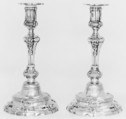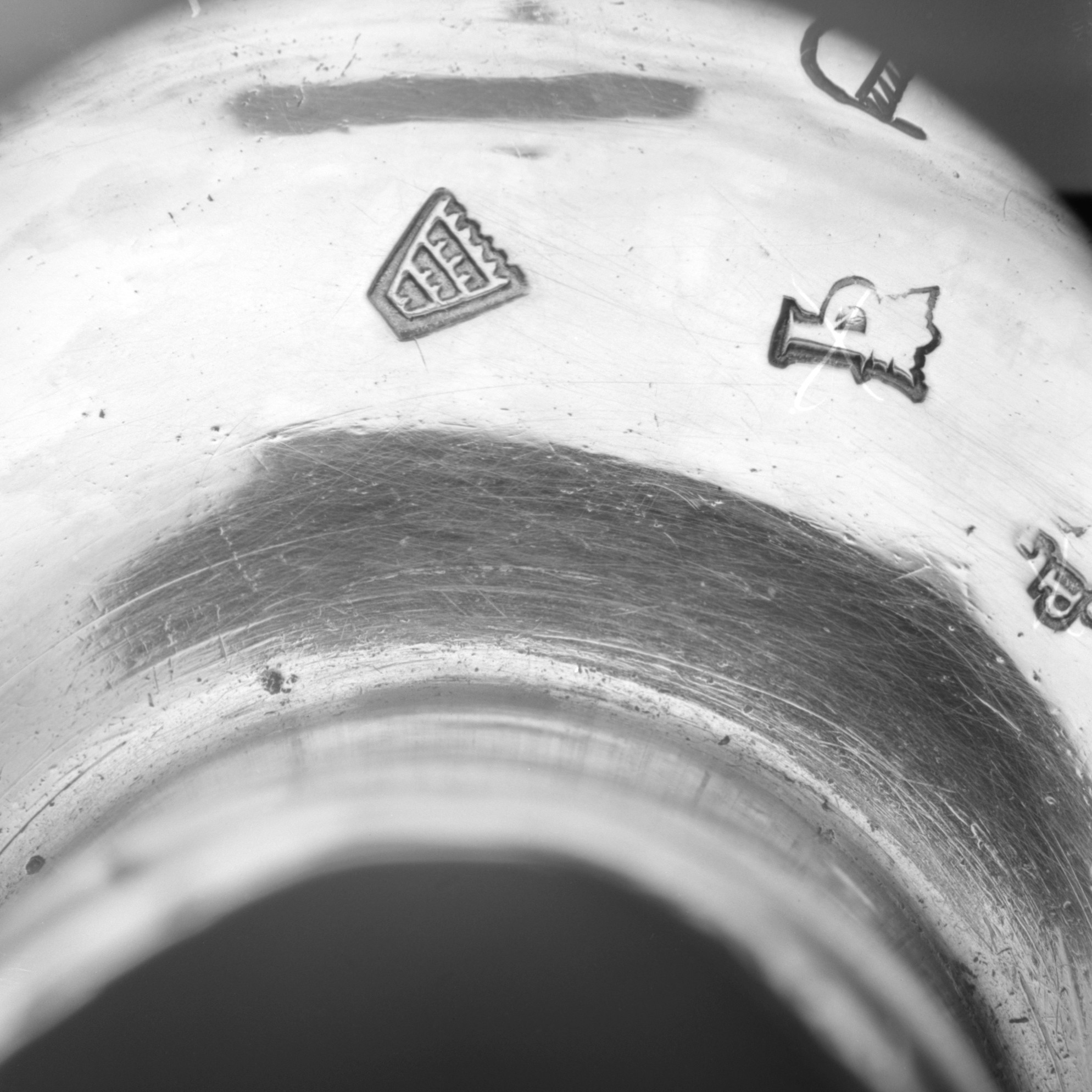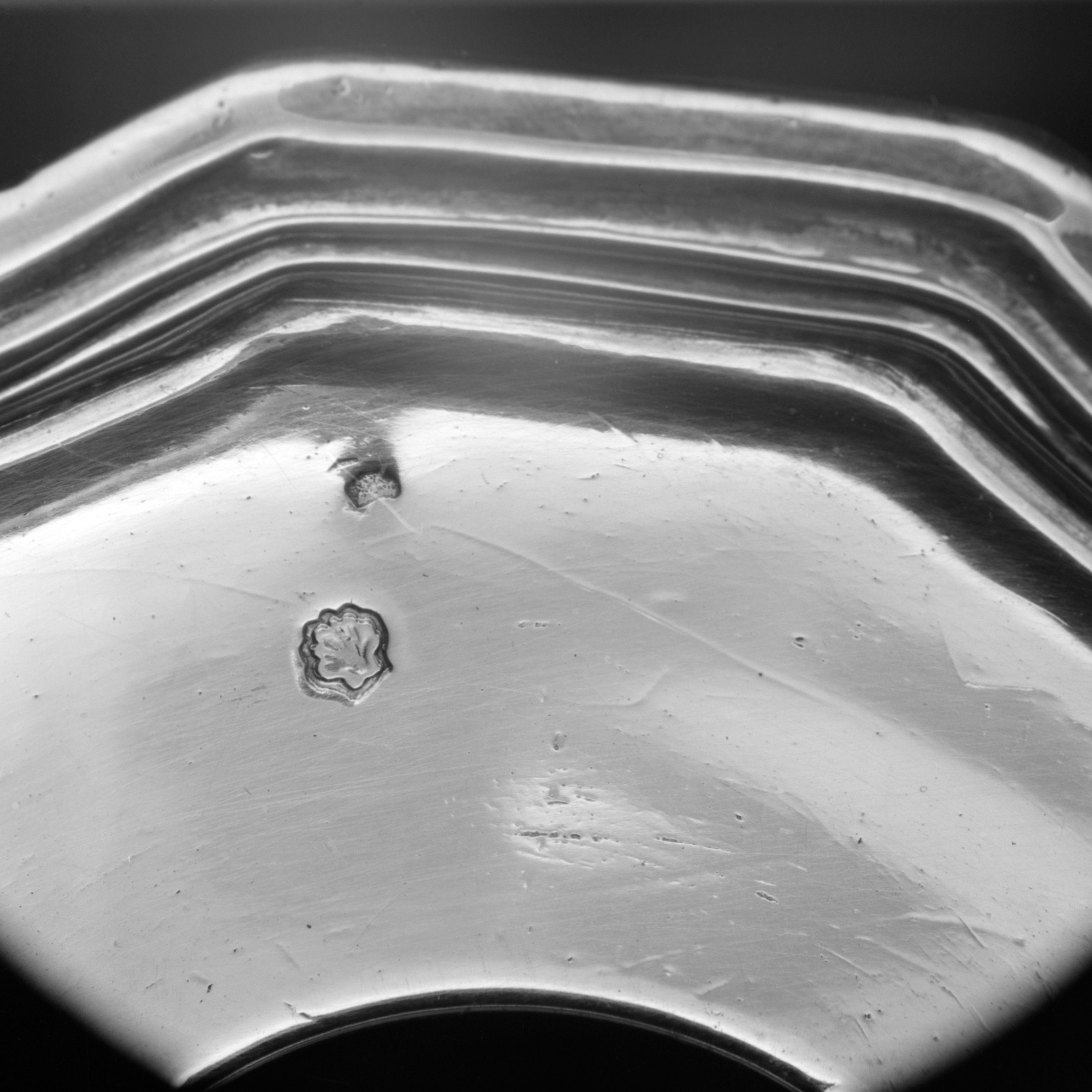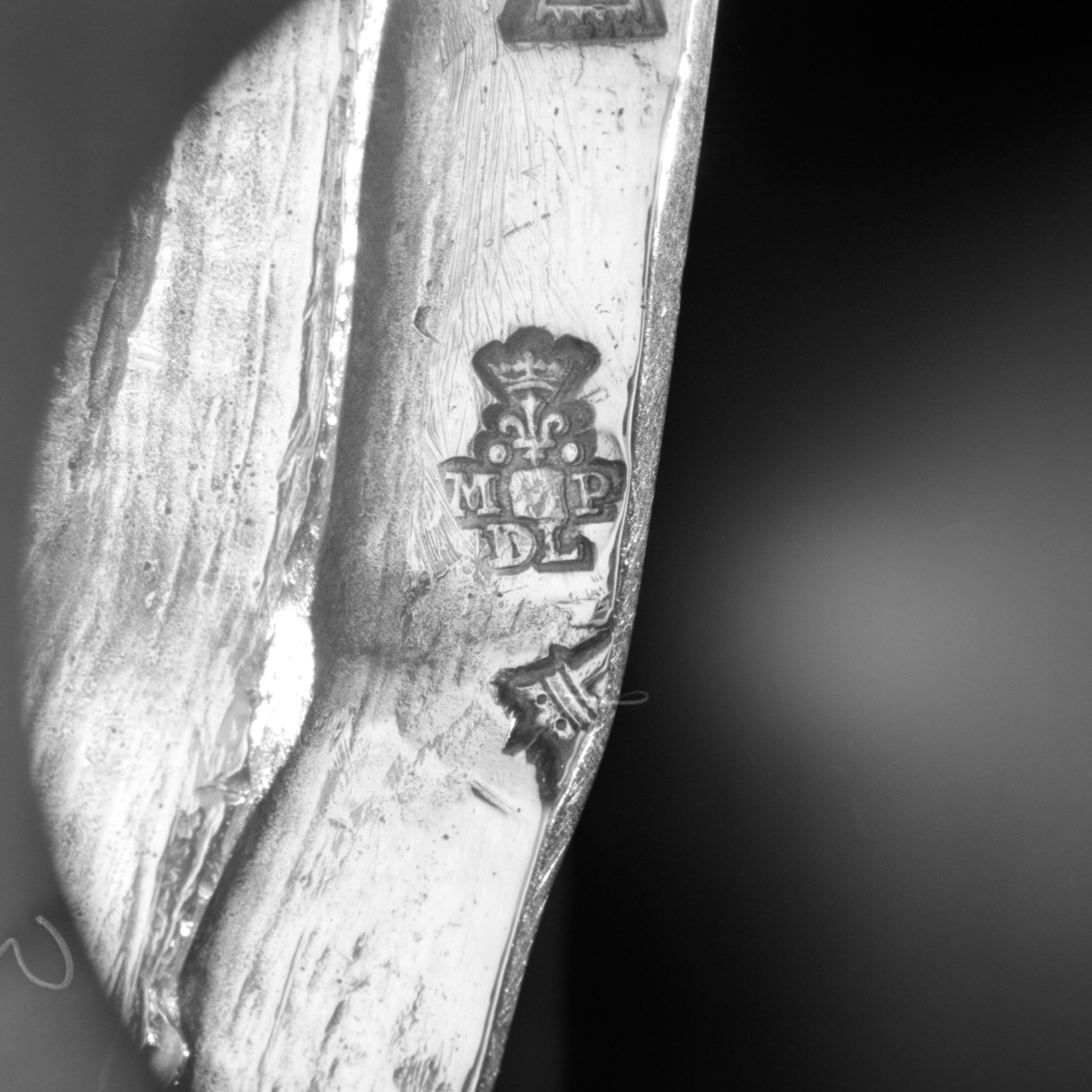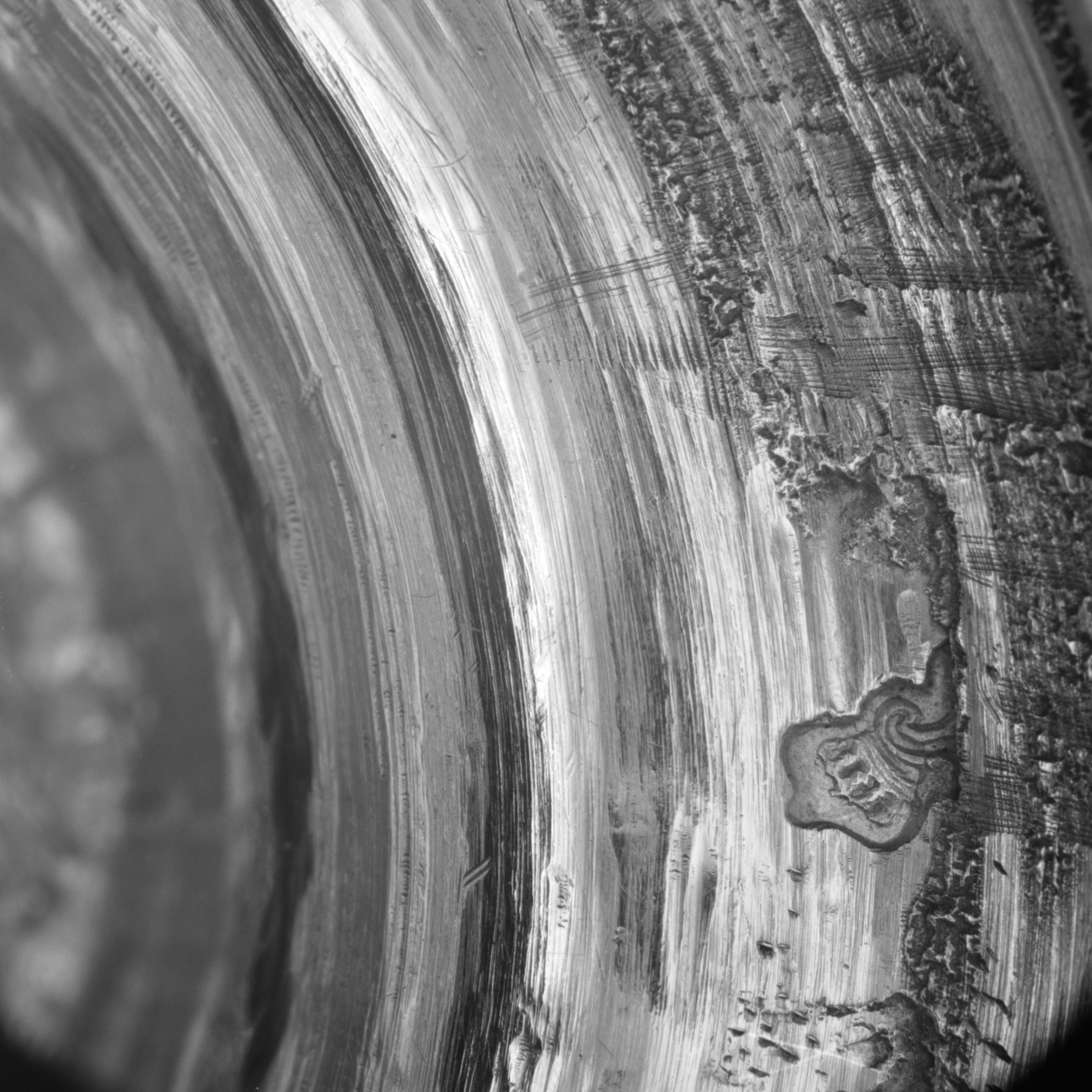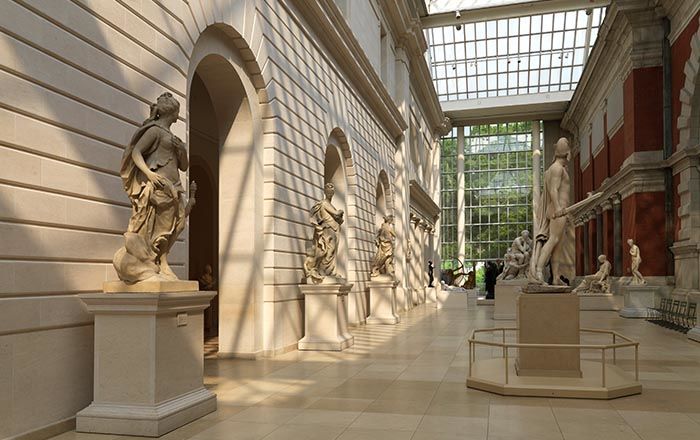Pair of candlesticks
Not on view
In the era before gas lighting and electricity, candles played a principal role in illuminating the domestic interior. The number of candles lit was an indication of the wealth and status of the owner: beeswax candles burned clean and had a pleasant smell but were quite expensive compared to those made of tallow.
In late seventeenth-century France, a change in dining habits had a significant effect on the production of silver candlesticks. Entertainment was increasingly orientated towards the evening and as a result, elegant lighting became an important part of the interior decoration.
Made by the Paris silversmith Michel II Delapierre in 1756–57, this pair of candlesticks retains the angular baluster stem of the earlier 18th century but acknowledges the current Rococo style in the shape of the base and applied scroll ornament. The bobèches, which catch the melting wax, are marked by the same silversmith and are presumably original.
Daughter of one of the founders of the Weyerhaeuser Timber Company, Catherine D. Wentworth (1865–1948) was an art student and painter who lived in France for thirty years. She became one of the most important American collectors of eighteenth-century French silver and on her death in 1948 bequeathed part of her significant collection of silver, gold boxes, French furniture, and textiles to the Metropolitan Museum. The collection is particularly strong in domestic silver as illustrated by this pair of candlesticks.
This image cannot be enlarged, viewed at full screen, or downloaded.
This artwork is meant to be viewed from right to left. Scroll left to view more.
